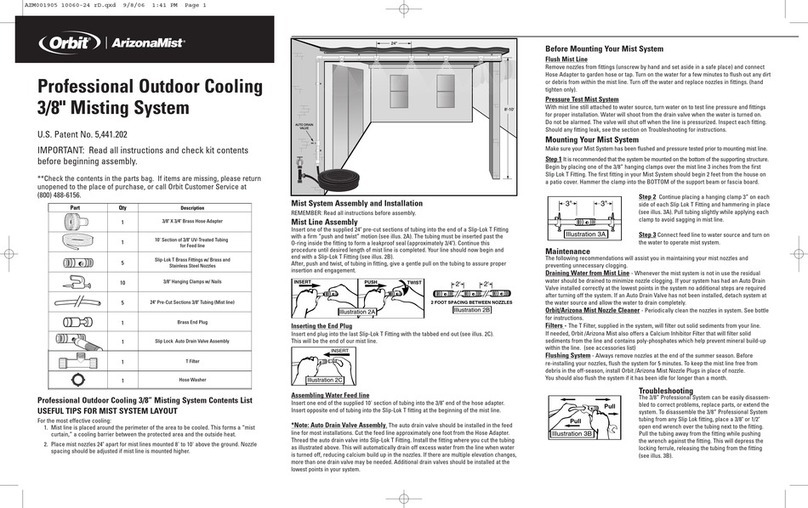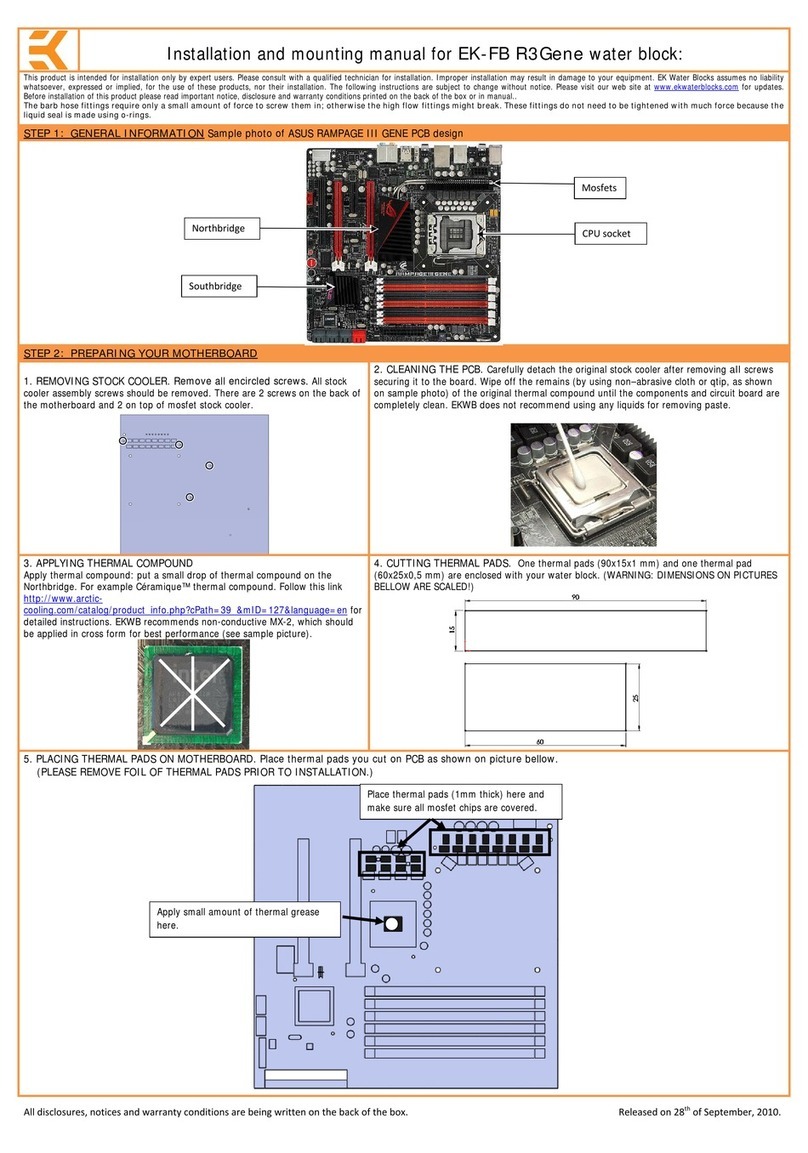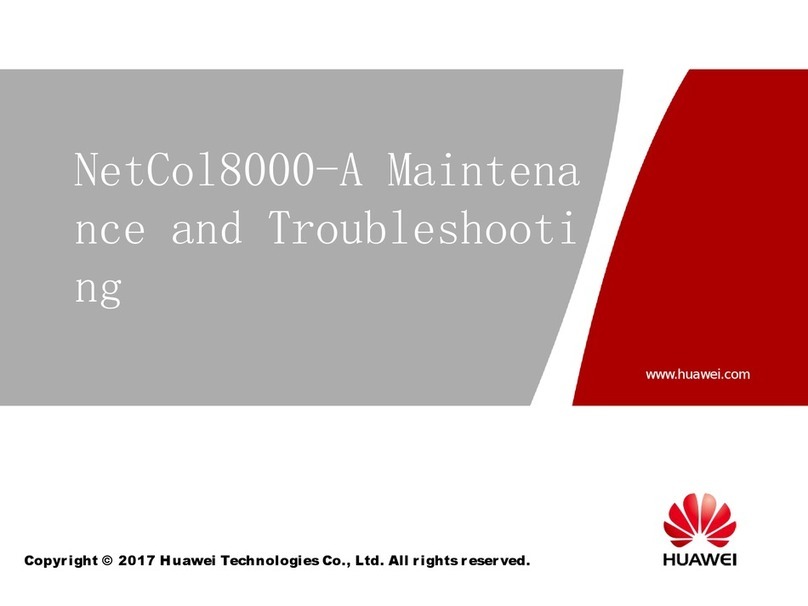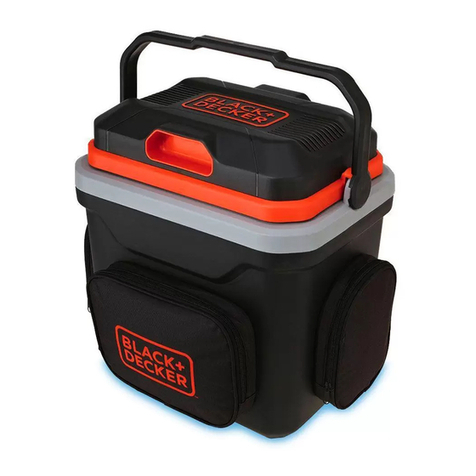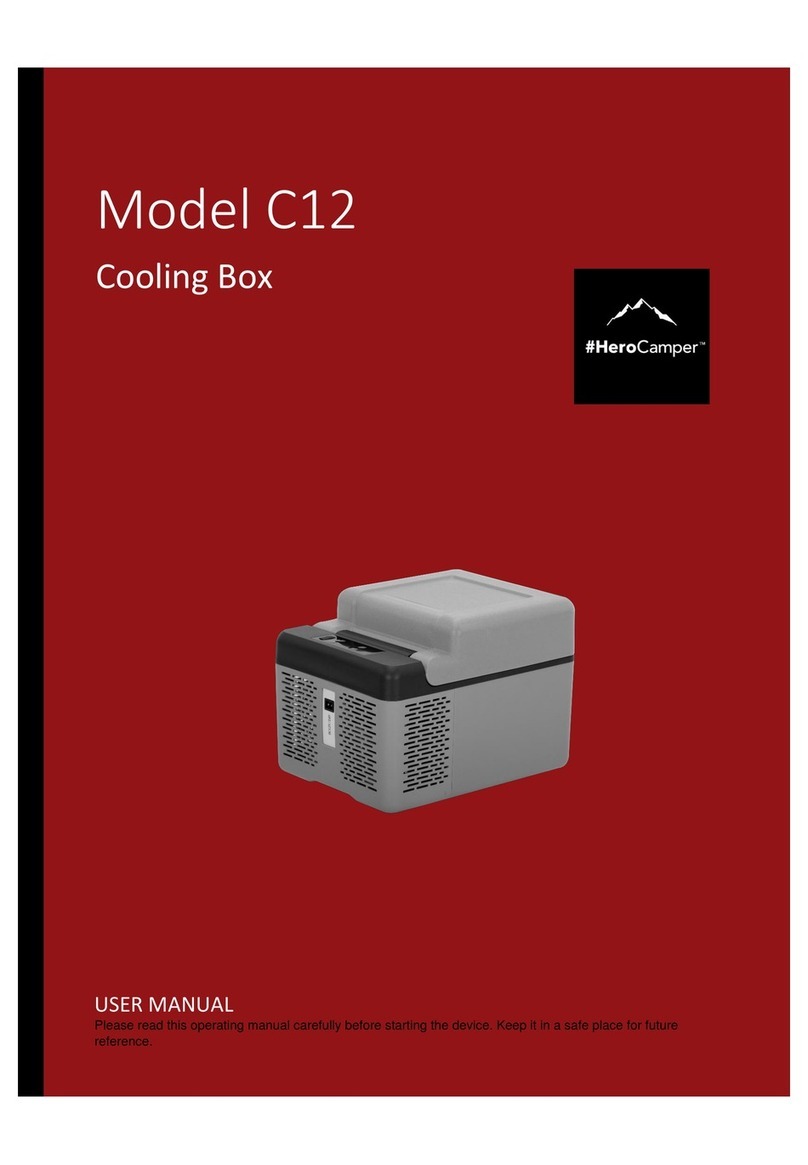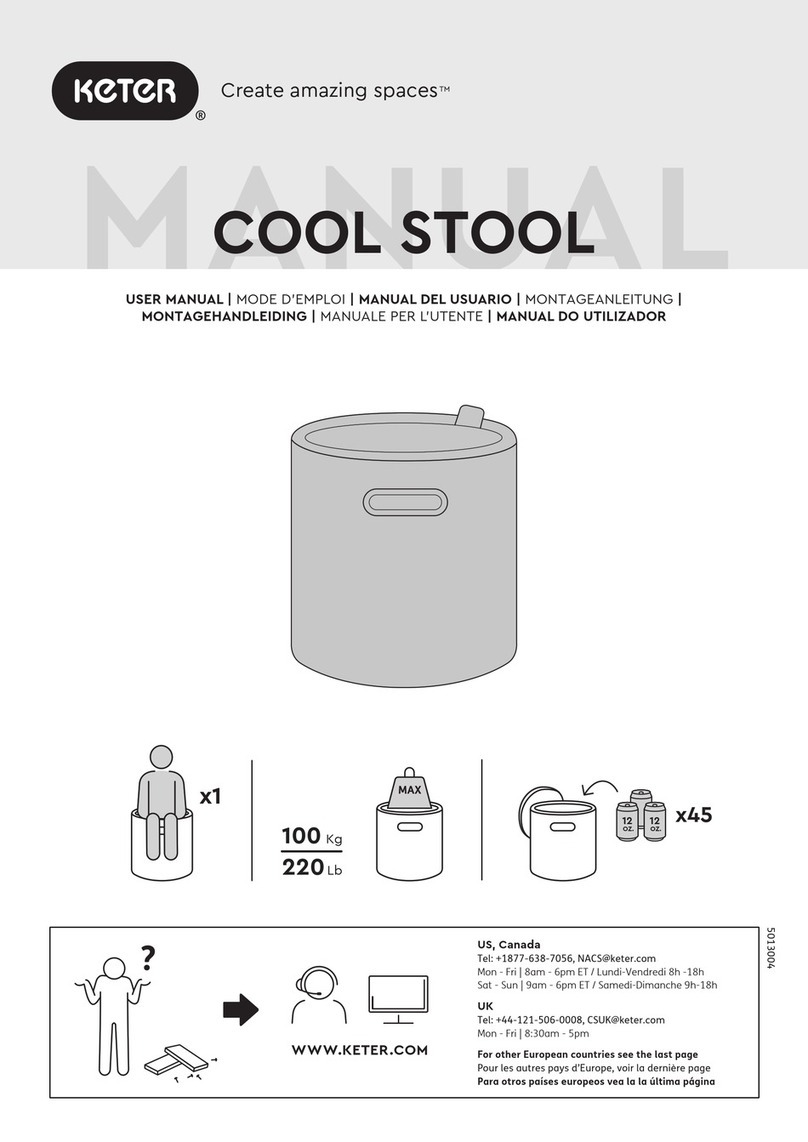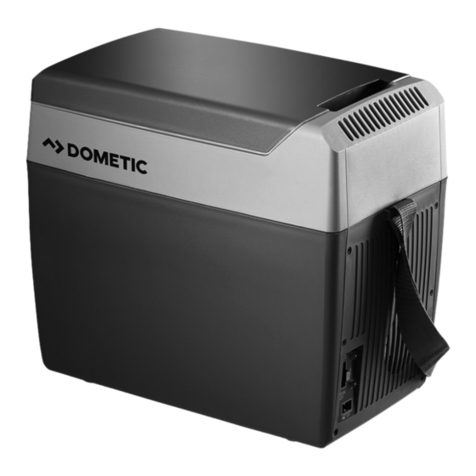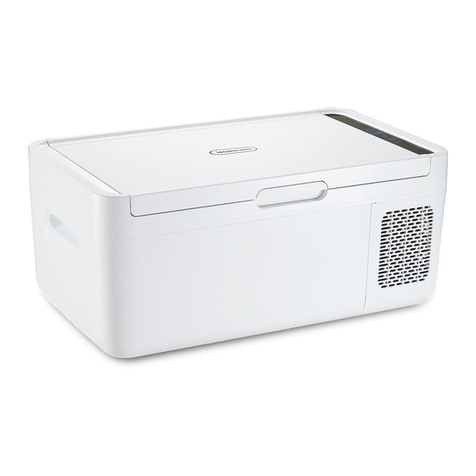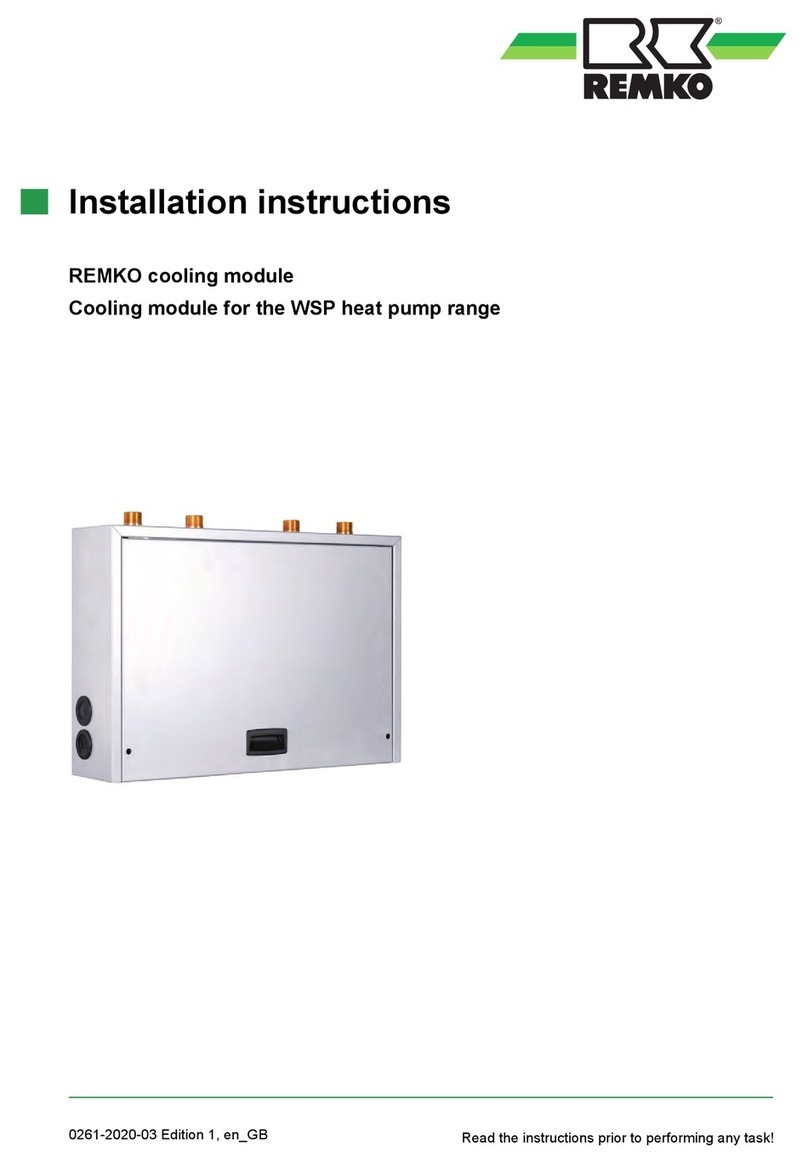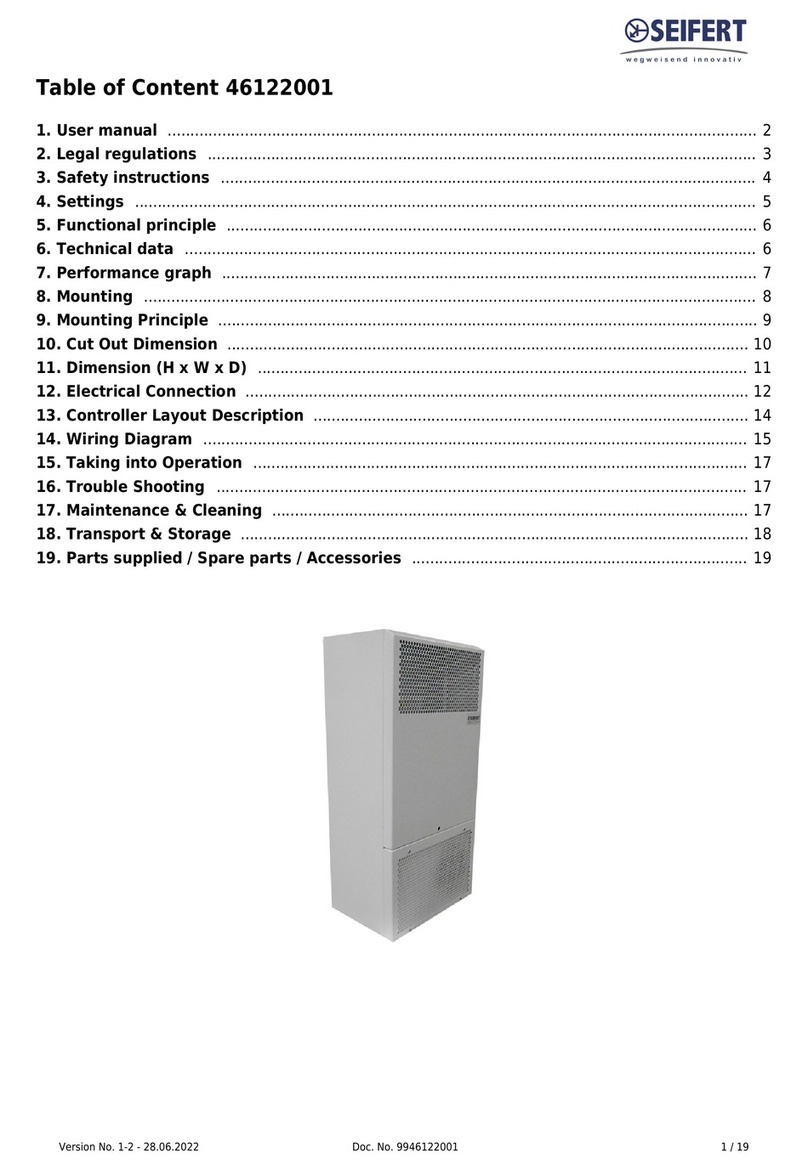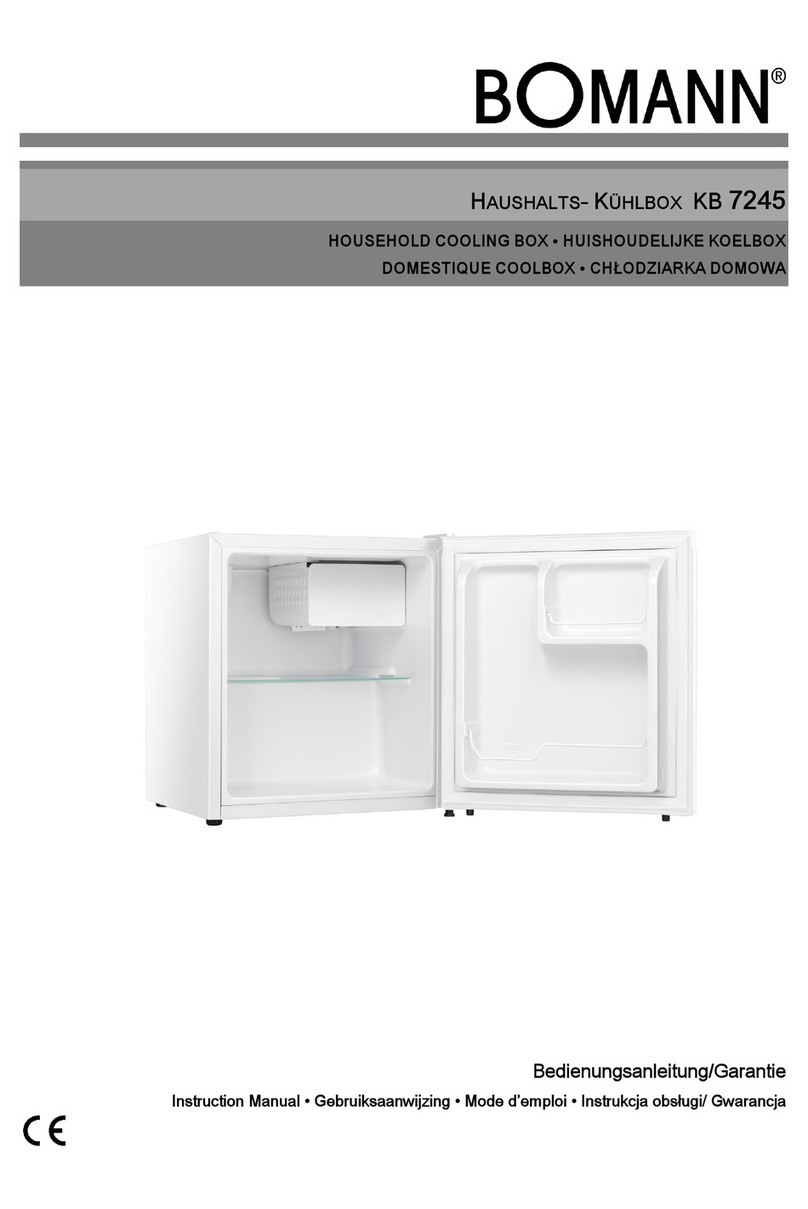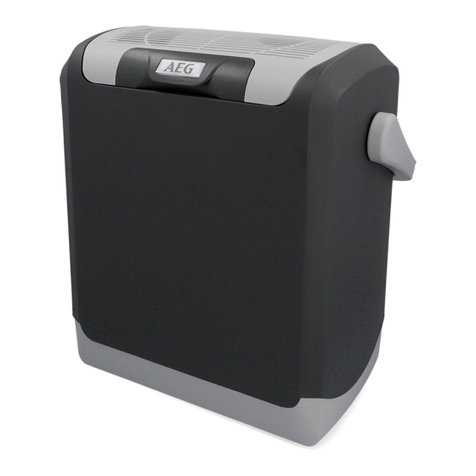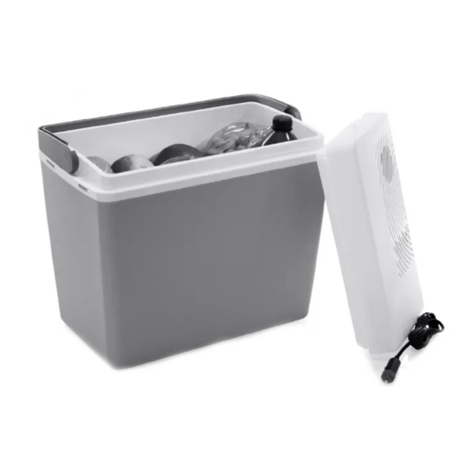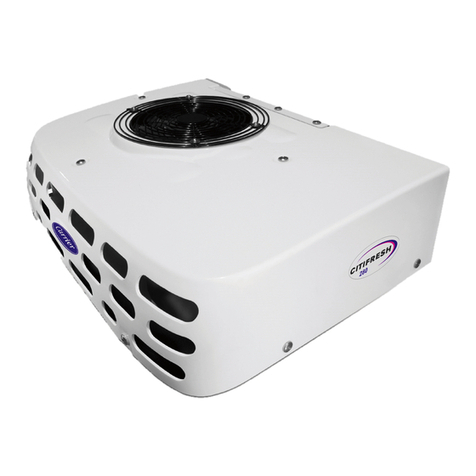
10
Material preparation
Brass. Pipe support member, drain line, a power cable. Even if the air
conditioning is a long tube, you need the additional material. Brass, cotton
insulation of R410A refrigerant, refrigerant oil (also at low temperatures
when filling component).
Site Preparation
Indoor: installation location out of the device should be easy, the ground
should be able to carry the weight of the carrier device, installation location
storey sufficient to install, easy maintenance after the piping arrangement,
the circuit arrangement facilitates maintenance, and installation temperature
is not too high or too moist security personnel threatening.
Outdoor: smooth out of the wind, away from residential areas. Outdoor wind
direction should not be opposite to the monsoon. If direct sunlight, should be
done protection. Prevent high temperature and humidity, dust, outdoor air
into the acid. Installation position and stay close to the obstacle distance of at
least 500 mm. If the outdoor unit installed on the ground, the base to be
done cement, the base should be higher than the surrounding ground at least
50 mm, and the base should be larger than the size of the outdoor unit 50
mm.
Installation Guidelines
Equipment must be in good condition. Accordance with the drawings location
of the installation and maintenance of equipment before and after more than
900 mm of space left. No short circuit hot and cold airflow, external drainage
for antifreeze.
Positive and negative installation value
Table 3-1 Positive and negative installation value
Indoor unit lower than outdoor unit
Indoor unit higher than outdoor unit
1. Should install reserve banding in the intake pipe and drainage pipe of
outdoor unit when installation, to avoid liquid backflow when power off.

